Eat Together (饗. 食天堂) is a franchise buffet restaurant that brings together a reasonable number of foods commonly found in Taipei all on one floor. Japanese, Chinese, European and Taiwanese dishes were among those I spotted last weekend when I visited this minor miracle of human engineering. The meal is a little pricey, but judging by the crowd, clearly not a great deterrent.
At the Q Square location (京站店), located close to the Taipei Main Station, each of the 352 seats was occupied when we arrived, and there was an hour-long wait at the door. Reservations, especially on weekends, are strongly advised.
During the interlude, my companions and I admired the interior’s marble floors and clean lines, which open up into chambers of food: sushi bar, salad bar, meat carving station and multiple panels of cakes and hot dishes. Once inside, we found a secret warren stocked with fruits and a dessert fondue.
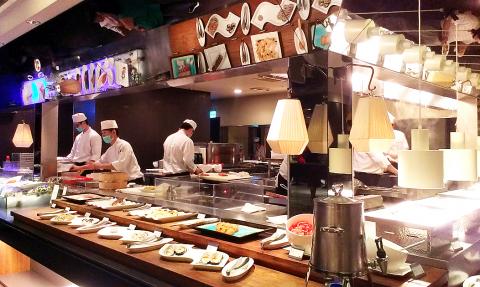
Photo: Enru Lin, Taipei Times
Put another way, this is a huge space. But the service is impeccable, in spite of the seemingly boundless ground to cover. Moments after finishing the food on my plate, the neighborhood busser was right there to take it away.
On the buffet circuit, I encountered more staff, all of them friendly and impressively vigilant. It only takes a moment to receive a plate of designer sushi, or to have a family-sized bowl of curry hotpot or clam soup fired up on a stove range right in front of you.
And I was surprised by the quality of Eat Together’s sirloins, which are cooked to order and laid out tenderly on a plate by a strapping lad with a spatula. These little ones are a main event — juicy and blessedly fatty — and pair well with the milk-soaked pineapple that is offered alongside.
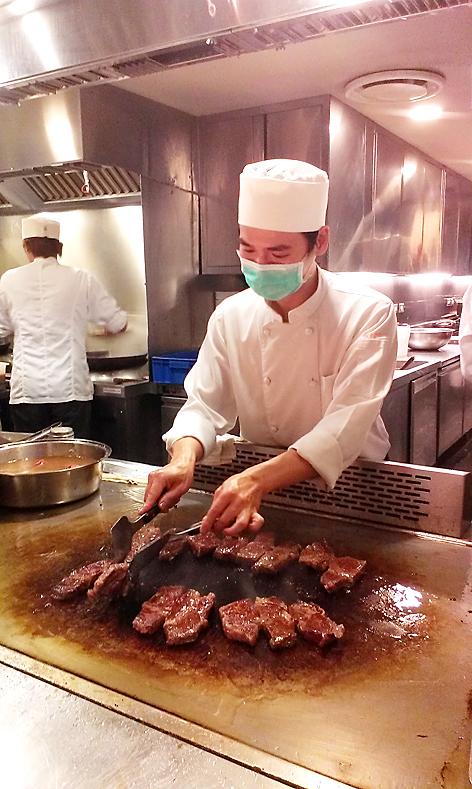
Photo: Enru Lin, Taipei Times
On the serve-it-yourself range, many of the dishes are of a quality you would expect from a meal at a business restaurant. A frying station serves up tempura prawns that are fresh, long and luxuriously battered. The German roast pork knuckle has a nice hard crust that gives way to buttery tenderness, and the baby potatoes are sweet and creamy.
Another panel features creative dishes in a tiny cup, the ingredients of which look as though they were arranged with tweezers. Some, like the single scallop on miso wasabi sauce and greens, brightened with a triangle of red bell pepper, were tasty. Others were strange, like the bacon cake doused with mayonnaise and herbs. The texture took its cue from fresh rice cake, but had a powerful fleshy flavor that made it hard to chew.
Throughout the meal, it was not easy to hear over the industry of the open kitchens, or that of fellow diners rushing about. So dinner conversation could probably never get romantic, or even very friendly: You must lean in, and sometimes shout.
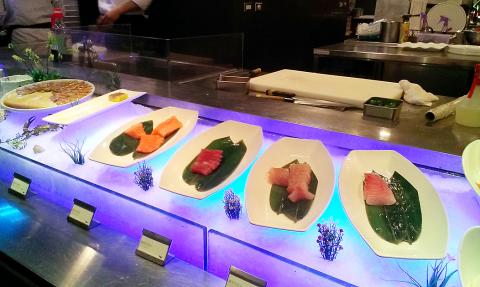
Photo: Enru Lin, Taipei Times
Meanwhile, waiters circulate slowly to collect the bill in advance — we met ours about 40 minutes into the meal. She was firm, almost heroically so, and like us had to raise her voice above the din. While she said nothing to prompt our leaving, at least one at my table felt hurried and overlooked the finer points of Eat Together’s baked desserts, which were mostly made from scratch and looked beautiful. I helped myself to a bowl of Meiji and Haagen-Dazs ice cream, which are available in counters by the fondue section. In the end, I left Eat Together satisfied with the quality of the fare and feeling full, but was just a little glad that the excitement was over.
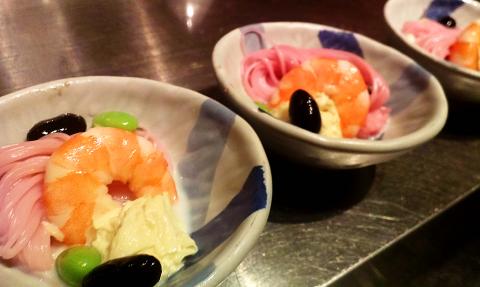
Photo: Enru Lin, Taipei Times

Many people noticed the flood of pro-China propaganda across a number of venues in recent weeks that looks like a coordinated assault on US Taiwan policy. It does look like an effort intended to influence the US before the meeting between US President Donald Trump and Chinese dictator Xi Jinping (習近平) over the weekend. Jennifer Kavanagh’s piece in the New York Times in September appears to be the opening strike of the current campaign. She followed up last week in the Lowy Interpreter, blaming the US for causing the PRC to escalate in the Philippines and Taiwan, saying that as

This year’s Miss Universe in Thailand has been marred by ugly drama, with allegations of an insult to a beauty queen’s intellect, a walkout by pageant contestants and a tearful tantrum by the host. More than 120 women from across the world have gathered in Thailand, vying to be crowned Miss Universe in a contest considered one of the “big four” of global beauty pageants. But the runup has been dominated by the off-stage antics of the coiffed contestants and their Thai hosts, escalating into a feminist firestorm drawing the attention of Mexico’s president. On Tuesday, Mexican delegate Fatima Bosch staged a
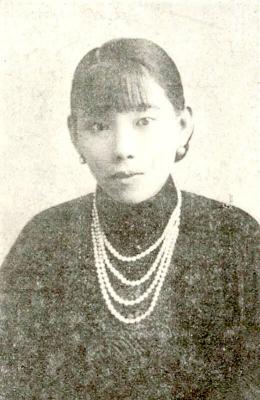
Nov. 3 to Nov. 9 In 1925, 18-year-old Huang Chin-chuan (黃金川) penned the following words: “When will the day of women’s equal rights arrive, so that my talents won’t drift away in the eastern stream?” These were the closing lines to her poem “Female Student” (女學生), which expressed her unwillingness to be confined to traditional female roles and her desire to study and explore the world. Born to a wealthy family on Nov. 5, 1907, Huang was able to study in Japan — a rare privilege for women in her time — and even made a name for herself in the

Taiwan can often feel woefully behind on global trends, from fashion to food, and influences can sometimes feel like the last on the metaphorical bandwagon. In the West, suddenly every burger is being smashed and honey has become “hot” and we’re all drinking orange wine. But it took a good while for a smash burger in Taipei to come across my radar. For the uninitiated, a smash burger is, well, a normal burger patty but smashed flat. Originally, I didn’t understand. Surely the best part of a burger is the thick patty with all the juiciness of the beef, the